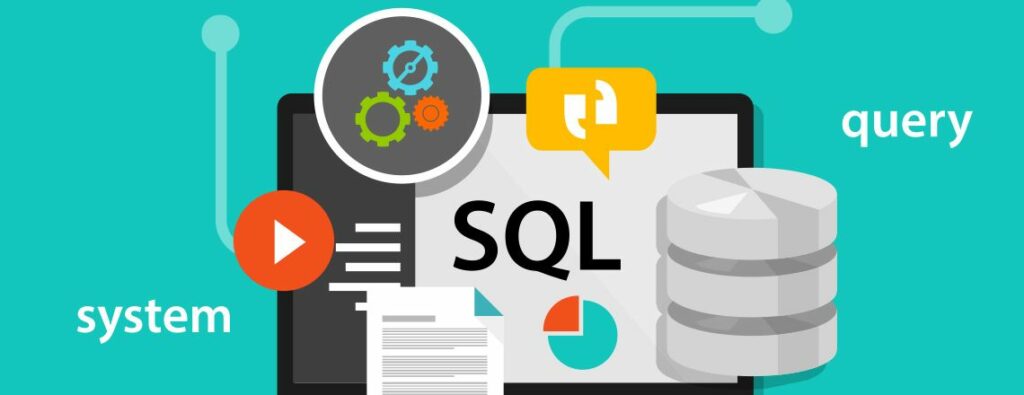
Free eBooks for Beginners
SQL, or Structured Query Language, is a programming language used to manage and manipulate data in relational databases. It is an essential tool for data analysts who need to extract insights from large datasets. In this article, we will be discussing data types in SQL, which is an important aspect of working with databases.
A data type defines the kind of data that can be stored in a column in a database table. Different database management systems support different data types, but most of them have some common data types that are used frequently. Some of the most common data types are:
Numeric Data Types: These include integer, floating-point, and decimal numbers. Integer data types are used to store whole numbers, floating-point numbers are used to store numbers with decimal points, and decimal numbers are used to store monetary values with a fixed number of decimal places.
Character and String Data Types: These are used to store alphanumeric characters and strings of characters. The most commonly used character data type is CHAR, which can store a fixed number of characters. The VARCHAR data type is used to store variable length strings.
Date and Time Data Types: These data types are used to store date and time values. The most commonly used date and time data types are DATE, TIME, and TIMESTAMP.
Boolean Data Types: These data types are used to store true/false values.
Binary Data Types: These data types are used to store binary data, such as images, audio, and video files.
In addition to these basic data types, there are also other specialized data types like BLOB (Binary Large Object), CLOB (Character Large Object), and ARRAY (for storing arrays of data).
It’s important to choose the correct data type for each column in a database table, as this can affect the accuracy and efficiency of data analysis. For example, storing a large string in an integer column can result in data truncation or loss of precision.
In conclusion, understanding data types is an essential step in working with SQL and databases. Knowing the different data types and their uses is crucial in creating well-structured and efficient databases that can help data analysts extract insights from large datasets.
SQL for Beginners and Data Analyst – Chapter 3: Data Types
 Loading...
Loading...
Disclaimer: The information and code presented within this recipe/tutorial is only for educational and coaching purposes for beginners and developers. Anyone can practice and apply the recipe/tutorial presented here, but the reader is taking full responsibility for his/her actions. The author (content curator) of this recipe (code / program) has made every effort to ensure the accuracy of the information was correct at time of publication. The author (content curator) does not assume and hereby disclaims any liability to any party for any loss, damage, or disruption caused by errors or omissions, whether such errors or omissions result from accident, negligence, or any other cause. The information presented here could also be found in public knowledge domains.